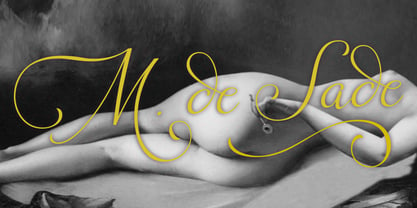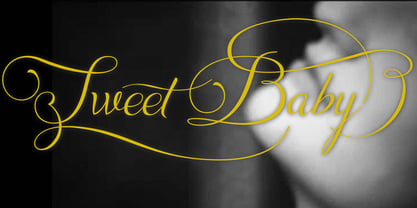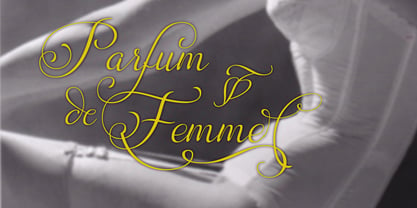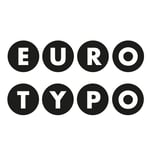Seleccione este tipo de licencia cuando esté desarrollando una aplicación app para iOS, Android o Windows Phone, y vaya a incrustar el archivo en el código de su aplicación móvil. va a incrustar el archivo fuente en el código de su aplicación móvil.
MdeSade
por Eurotypo



Sobre la familia MdeSade Fuente
Diseñadores: Carine de Wandeleer
Editorial: Eurotypo
Fundición: Eurotypo
Propietario del diseño: Eurotypo
MyFonts debut: 20 de junio de 2014

Acerca de Eurotypo
Eurotypo es una fundición fundada en 2004 por Carine de Wandeleer y Olcar Alcaide que se centra en la investigación, el diseño y la producción de nuevos productos fuentes. Creado originalmente en Santa Severa (Italia), el grupo ha trasladado desde entonces su sede a Valencia (España). En Eurotypo desarrollamos tipos de letra nuevos y originales inspirados tanto en los modelos de la escritura antigua como en la investigación de nuevas formas de expresión basadas en la función de comunicación de la tipografía. El grupo debutó en MyFonts con Antium, y ha seguido con éxitos de ventas como los tipos de letra Aleka y Juliette.
Seguir leyendo
Leer menos